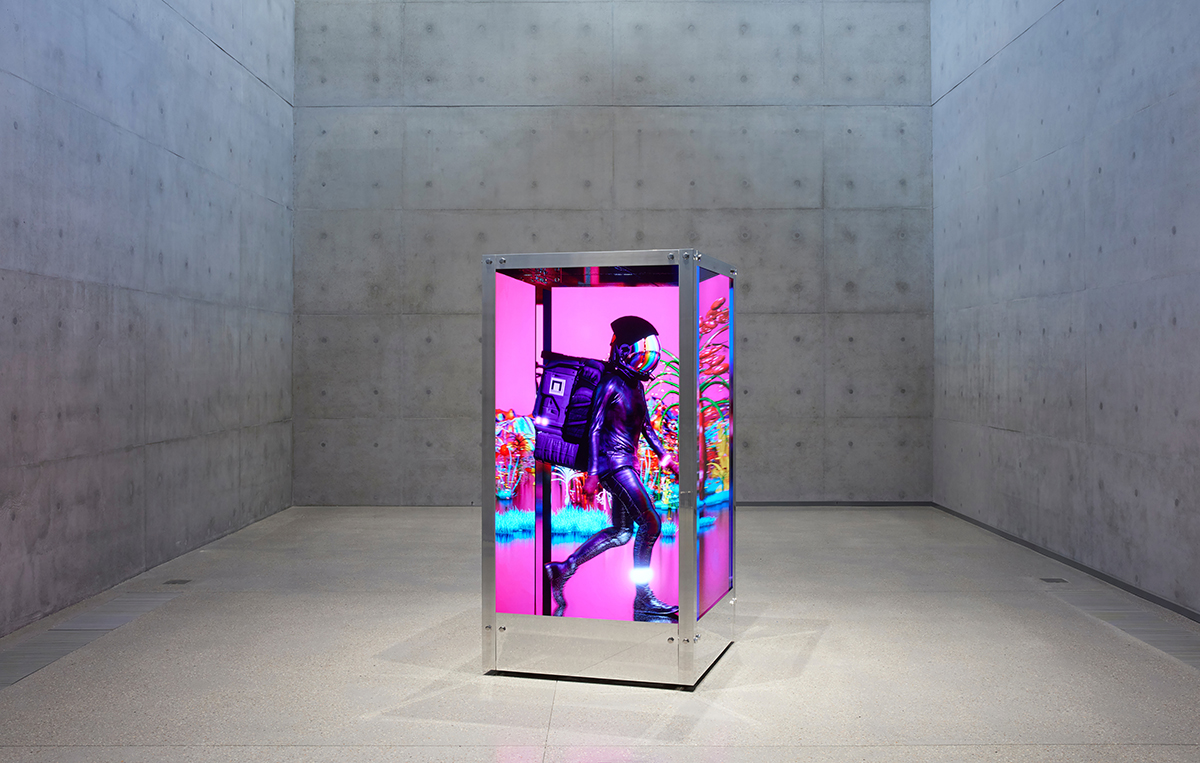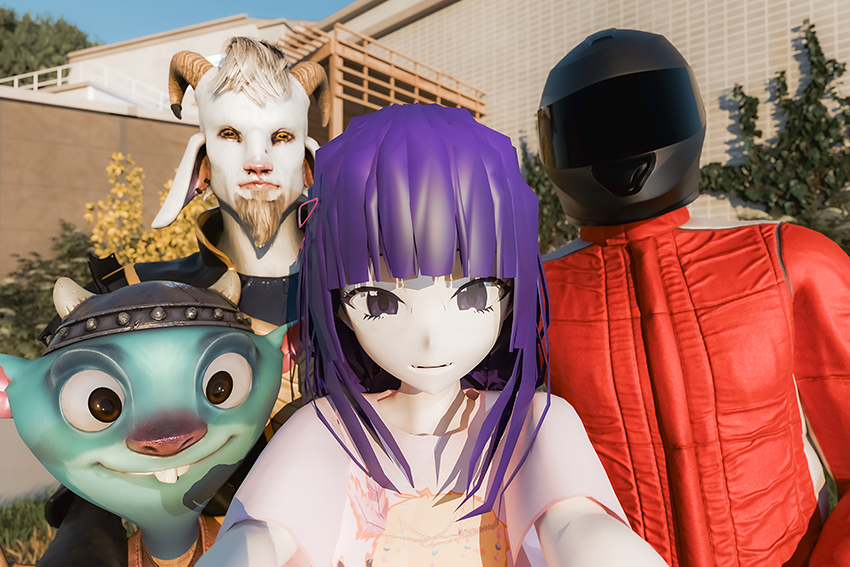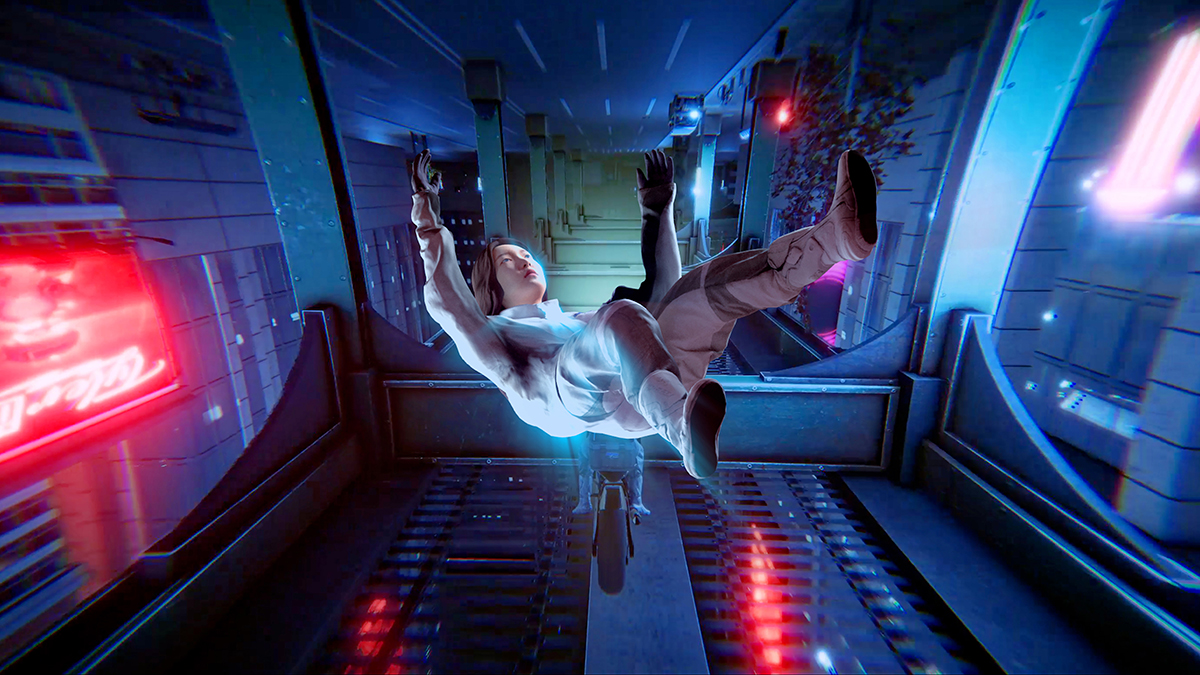MACHINE LOVE: VIDEO GAME, AI AND CONTEMPORARY ART
HAPPENINGText: Alma Reyes
We live today in an unescapable bubble of computer networking — social media, online shopping, digital banking, virtual reality and AI. In particular, generative AI has become increasingly present in technological advancements related to science, medicine, manufacturing, education and other fields. People of various professions react to this automation upsurge in likewise, multifaceted ways — both promisingly and disturbingly. Additionally, its tantamount influence on art is monumental.
Mori Art Museum is presenting “MACHINE LOVE: Video Game, AI and Contemporary Art” until June 8th this year. The large-scale exhibition stages two- and three-dimensional works comprised of video, sound, and visual installations by twelve individual worldwide artists and a group of renowned creators engaged in contemporary art, design, gaming and AI research. Visitors can explore a heightened degree of creativity in image-making. They can scan through hyperrealistic landscapes and sceneries and artists’ visions of present and future life on earth, social ethics, environmental issues and the potent relationship between humans and technology. Avatars are introduced that spark awareness in gender and cultural identity. Some works are interactive, permitting visitors to participate in actual games and debates with AI characters.

Beeple, HUMAN ONE, 2021, Installation view: Beeple: HUMAN ONE, M+, Hong Kong, 2022-2023, Photo: Lok Cheng
The opening installation stages a kinetic video sculpture of the first human born in metaverse. In HUMAN ONE (2021) by American digital artist, graphic designer and animator Beeple (Mike Winkelmann), a traveler in astronaut suit appears to journey endlessly in a revolving box of colorfully animated sceneries. The structure speaks of our continually changing cybernated and physical existence as the artist remotely alters the virtual elements inside the box periodically. Beeple often transmits a satirical outlook from pop culture, science fiction and political references.

Sato Ryotaro, Dummy Life #38, 2025, Inkjet print
In the next two rooms, Ryotaro Sato born in Hokkaido reveals alluring prints, such as Dummy Life #38 (2025) and video works, such as Outlet (2025), using game engines and data “assets” found on the Internet — 3D models, soldiers, girls and animals. Somewhat absurd and disturbing, the stories describe the characters’ transformation into imagery quite different from physical laws of reality. Outlet takes place in a mega shopping mall where a group of assets live in a virtual space. There is chaos when boundaries are crossed, projecting utter surrealism. While watching the videos, we begin to question the true essence of human existence in our complex contemporary life.

Kim Ayoung, Delivery Dancer’s Sphere, 2022, Video
From Korea, Kim Ayoung’s Delivery Dancer’s Sphere (2022) relates a “speculative fiction” about a female delivery rider who works for a platform called Delivery Dancer in Seoul. She takes commands from a master algorithm Dancemaster to deliver goods at the shortest distance and time without personal contact. The city is presented as a futuristic maze of road routes that appear distorted by time and space. At the same time, a love story evolves with another bike rider. Reflective of the immobile life during the COVID-19 pandemic, the work symbolizes a society buried in a constricted labor market dominated by freelance jobs, excessive vigilance, and maximum usage of the body in a mystic world. The digital effects are quite stunning.
Read more ...





